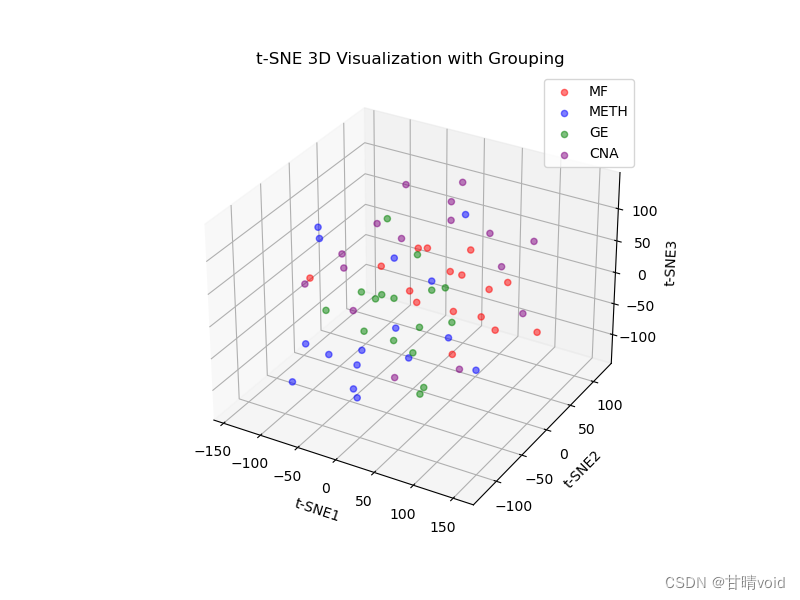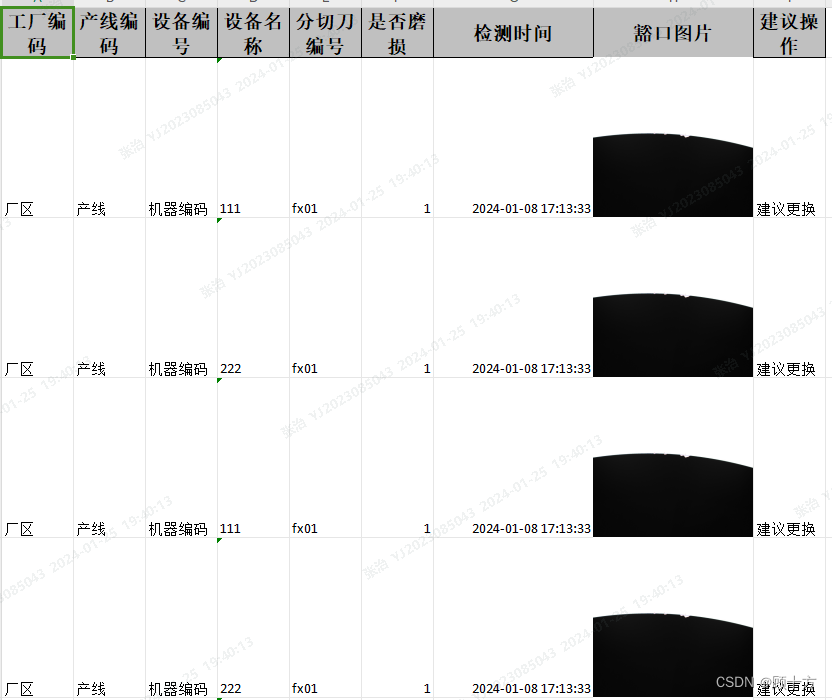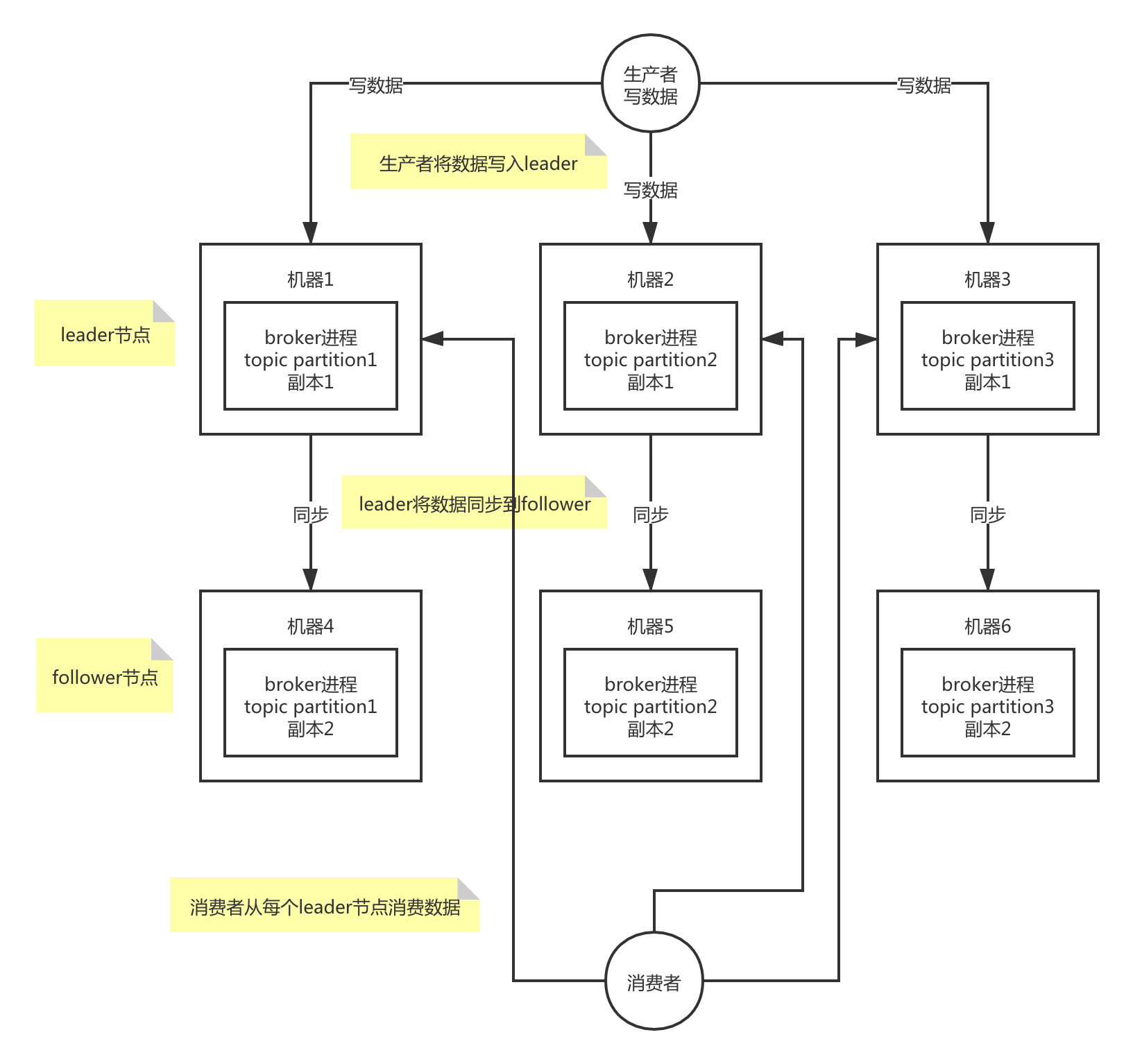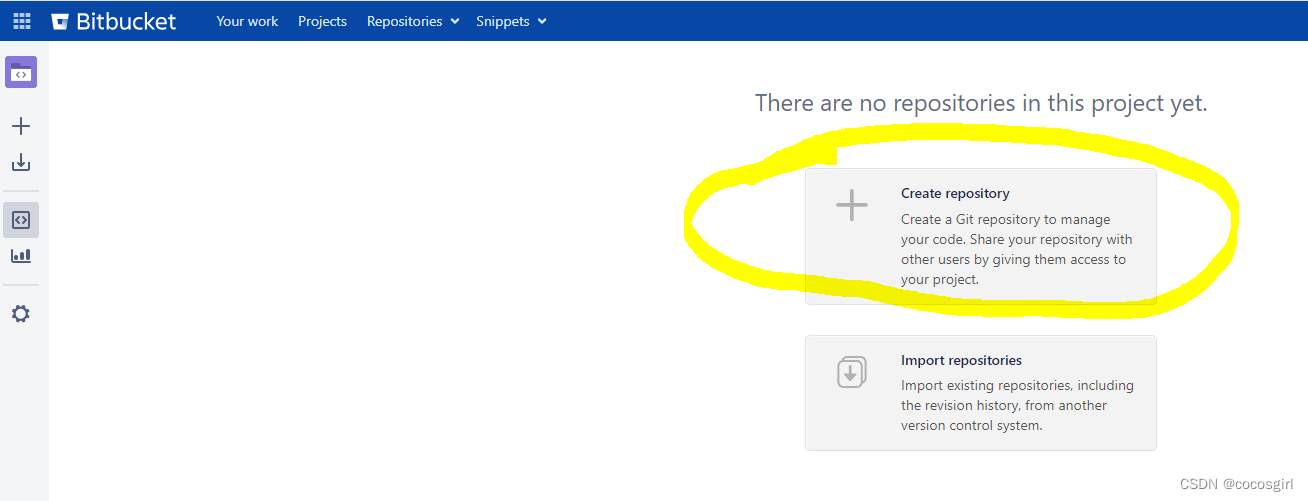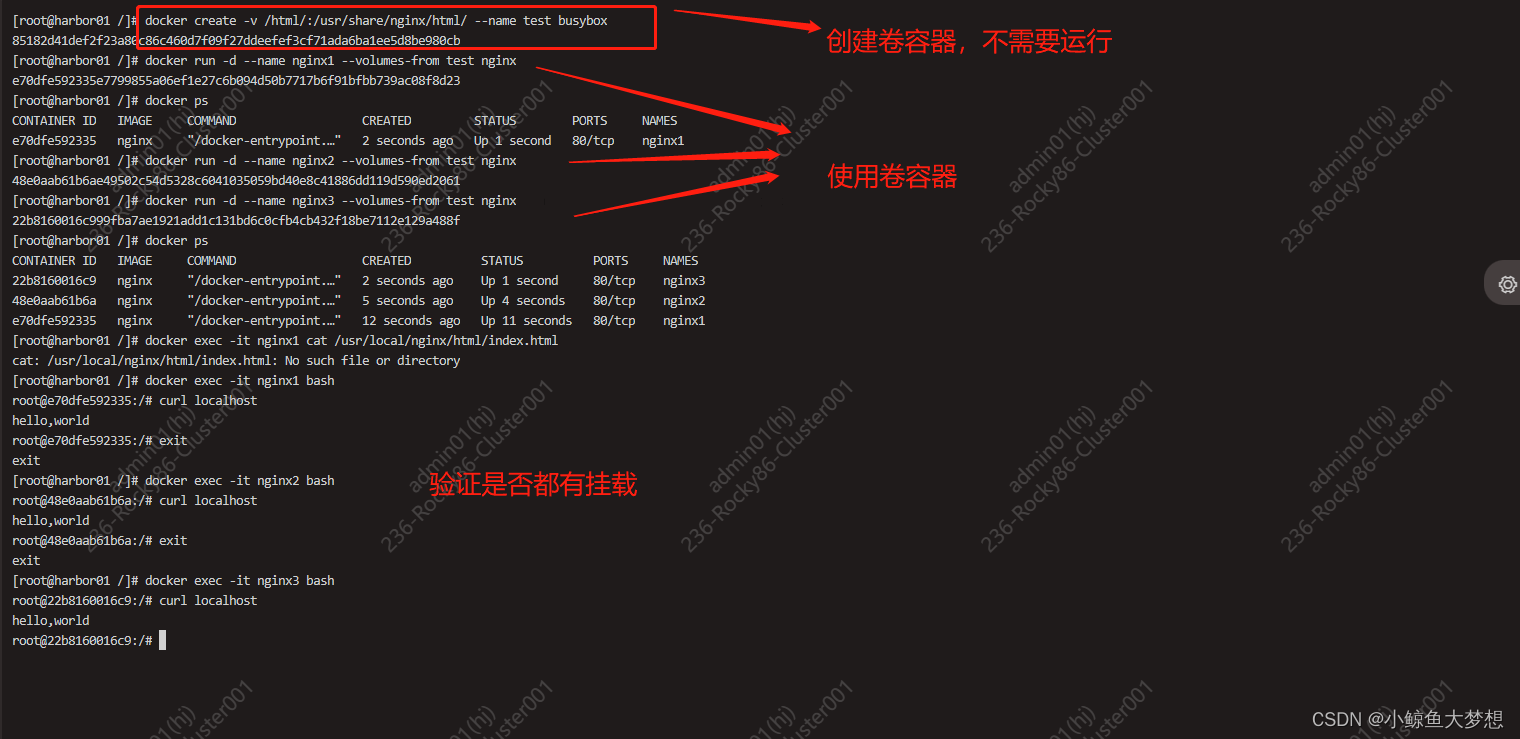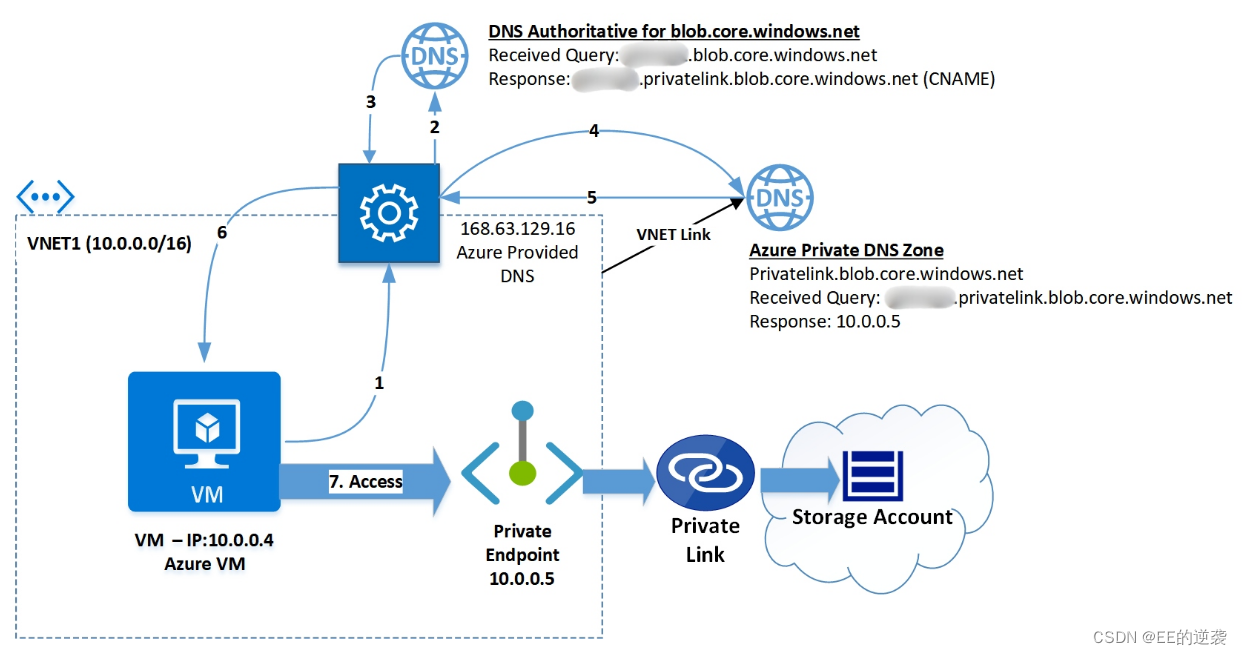title: mybatis的基础知识
创建mybatis数据库,创建user表,在里面添加数据

创建空项目,创建maven模块
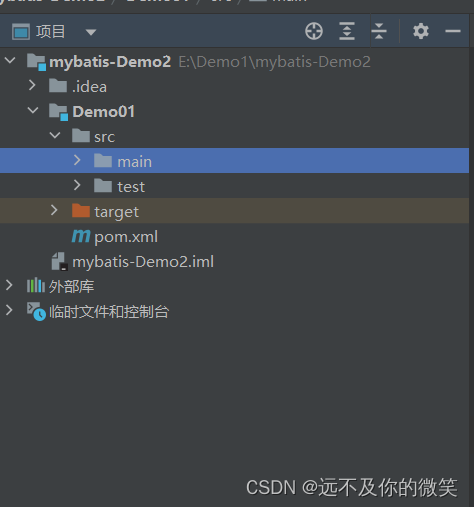
导入相关的依赖
在pom.xml文件中导入mysql,junit测试,mybatis依赖。
<!--导入mysql依赖--><dependency><groupId>mysql</groupId><artifactId>mysql-connector-java</artifactId><version>8.0.30</version></dependency>
<!--导入mybatis依赖--><dependency><groupId>org.mybatis</groupId><artifactId>mybatis</artifactId><version>3.5.10</version></dependency>
<!--导入junit测试依赖--><dependency><groupId>junit</groupId><artifactId>junit</artifactId><version>4.13.2</version><scope>test</scope></dependency>
编写mybatis核心配置文件
resource目录主要是存放一些配置文件,在resource目录下创建mybatis-config.xml配置文件,mybatis-config.xml配置文件中主要是存放数据库的连接信息和加载mapper映射文件,映射文件中存放了一些sql语句。
<?xml version="1.0" encoding="UTF-8" ?>
<!DOCTYPE configurationPUBLIC "-//mybatis.org//DTD Config 3.0//EN""http://mybatis.org/dtd/mybatis-3-config.dtd">
<configuration><environments default="development"><environment id="development"><transactionManager type="JDBC"/><!--数据库的连接信息--><dataSource type="POOLED"><property name="driver" value="com.mysql.cj.jdbc.Driver"/><property name="url" value="jdbc:mysql://localhost:3306/mybatis?useSSL=false& serverTimezone=Hongkong& characterEncoding=utf-8& autoReconnect=true"/><property name="username" value="root"/><property name="password" value="123456"/></dataSource></environment></environments><!--加载mapper映射文件,该文件中有相关的sql语句--><mappers><mapper resource="UserMapper.xml"/></mappers>
</configuration>
编写UserMapper.xml配置文件
在resource目录下创建一个UserMapper.xml配置文件。
<?xml version="1.0" encoding="UTF-8" ?>
<!DOCTYPE mapperPUBLIC "-//mybatis.org//DTD Mapper 3.0//EN""http://mybatis.org/dtd/mybatis-3-mapper.dtd">
<!--namespace叫做命名空间-->
<!--
id是sql语句的唯一标识,
resultType叫做返回的结果类型-->
<mapper namespace="test"><select id="selectAll" resultType="com.acwer.pojo.User">select *from user;</select>
</mapper>同时需要更改mybatis-config.xml文件中mapper标签中的代码,让其加载mapper映射文件
<!--加载mapper映射文件,该文件中有相关的sql语句--><mappers><mapper resource="UserMapper.xml"/></mappers>
编写pojo类
编写结果集返回的对象类型,即为com.acwer.pojo.User类。
package com.acwer.pojo;public class User {//变量名要和数据库中的字段名一致private int id;private String name;private String pwd;public int getId() {return id;}public void setId(int id) {this.id = id;}public String getName() {return name;}public void setName(String name) {this.name = name;}public String getPwd() {return pwd;}public void setPwd(String pwd) {this.pwd = pwd;}@Overridepublic String toString() {return "User{" +"id=" + id +", name='" + name + '\'' +", pwd='" + pwd + '\'' +'}';}
}
编写一个测试类
编写一个测试类,即为mybatisDemo类。
package com.acwer;import com.acwer.pojo.User;
import org.apache.ibatis.io.Resources;
import org.apache.ibatis.session.SqlSession;
import org.apache.ibatis.session.SqlSessionFactory;
import org.apache.ibatis.session.SqlSessionFactoryBuilder;import java.io.IOException;
import java.io.InputStream;
import java.util.List;/*** Mybatis 快速入门代码*/
public class mybatisDemo {public static void main(String[] args) throws IOException {//1. 加载mybatis的核心配置文件,获取 SqlSessionFactory实例化对象String resource = "mybatis-config.xml";InputStream inputStream = Resources.getResourceAsStream(resource);SqlSessionFactory sqlSessionFactory = new SqlSessionFactoryBuilder().build(inputStream);//2. 获取SqlSession对象,用它来执行sqlSqlSession sqlSession = sqlSessionFactory.openSession();//3. 执行sql//sqlSession对象可以执行sql语句,// 而selectList()括号内的参数test.selectAll表示的是可以追踪到命名为test的//命名空间(namespace),又追踪到id为selectAll的标识。List<User> users = sqlSession.selectList("test.selectAll");for(User user:users){System.out.println(user.getId()+" "+user.getName()+" "+user.getPwd());}//4. 释放资源sqlSession.close();}
}代理mapper
上面的sqlSession.selectList(“test.selectAll”); 方法中的参数test.selectAll其实还是硬编码,我们需要通过不同的文件来对其进行调整,这就是mapper代理存在的价值。
1.在java下创建一个com.acwer. mapper.UserMapper接口
package com.acwer.mapper;import com.acwer.pojo.User;import java.util.List;public interface UserMapper {/** mybatis面向接口编程的两个一致:* 1. 映射文件的namespace要和mapper接口的类名保持一致。* 2. 映射文件的sql语句的id要和mapper接口的方法名保持一致。* 这两句话可以这样理解,例如userMapper.selectAll(),userMapper是* UserMapper的实例化对象,到调用该方法时,我们通过UserMapper(类名)定位可以寻找到UserMapper* 的配置文件的mapper标签,通过selectAll()(方法名)可以找到相应的id,进一步缩小范围,即select* 标签中的sql语句。* */List<User> selectAll();
}- 在resources文件夹下创建一个mapper文件夹,在mapper目录下创建一个UserMapper.xml目录。
<?xml version="1.0" encoding="UTF-8" ?>
<!DOCTYPE mapperPUBLIC "-//mybatis.org//DTD Mapper 3.0//EN""http://mybatis.org/dtd/mybatis-3-mapper.dtd">
<!--namespace叫做命名空间-->
<!--
id是sql语句的唯一标识,
resultType叫做返回的结果类型-->
<mapper namespace="com.acwer.mapper.UserMapper"><select id="selectAll" resultType="com.acwer.pojo.User">select *from user;</select>
</mapper>- 在mybatis-config核心配置文件中,修改mapper标签的resource的内容,改成相应的映射文件的地址,即为mapper/UserMapper.xml。
<?xml version="1.0" encoding="UTF-8" ?>
<!DOCTYPE configurationPUBLIC "-//mybatis.org//DTD Config 3.0//EN""http://mybatis.org/dtd/mybatis-3-config.dtd">
<configuration><environments default="development"><environment id="development"><transactionManager type="JDBC"/><!--数据库的连接信息--><dataSource type="POOLED"><property name="driver" value="com.mysql.cj.jdbc.Driver"/><property name="url" value="jdbc:mysql://localhost:3306/mybatis?useSSL=false& serverTimezone=Hongkong& characterEncoding=utf-8& autoReconnect=true"/><property name="username" value="root"/><property name="password" value="123456"/></dataSource></environment></environments><!--加载mapper映射文件,该文件中有相关的sql语句--><mappers><mapper resource="mapper/UserMapper.xml"/></mappers>
</configuration>
测试结果
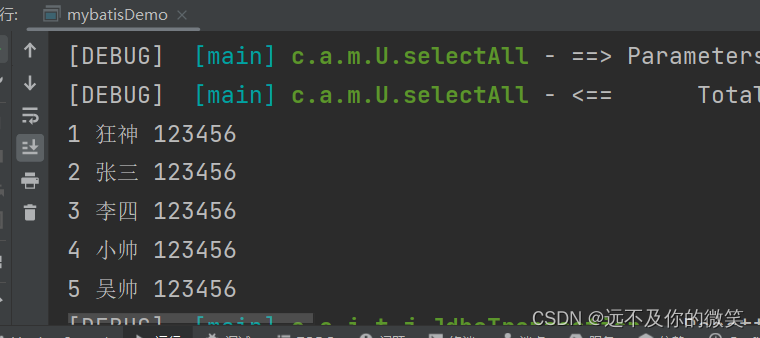
junit测试
在test的目录下,在java目录下创建一个com.acwer.mybatis.test.mybatisTest类。
package com.acwer.mybatis.test;
import com.acwer.mapper.UserMapper;
import com.acwer.pojo.User;
import org.apache.ibatis.io.Resources;
import org.apache.ibatis.session.*;
import java.io.*;
import java.util.List;public class mybatisTest {public static void main(String[] args) throws IOException {//加载核心配置文件InputStream inputStream = Resources.getResourceAsStream("mybatis-config.xml");//获取SqlSessionFactoryBuilder对象SqlSessionFactoryBuilder sqlSessionFactoryBuilder = new SqlSessionFactoryBuilder();//用SqlSessionFactoryBuilder对象来获取SqlSessionFactory对象SqlSessionFactory sqlSessionFactory =sqlSessionFactoryBuilder.build(inputStream);//获取SqlSession对象SqlSession sqlSession = sqlSessionFactory.openSession(true);//true表示自动提交事务。//获取mapper接口对象UserMapper userMapper = sqlSession.getMapper(UserMapper.class);//执行sql语句,测试功能int t = userMapper.insert();System.out.println(t);List<User> users = userMapper.selectAll();for(User user:users){System.out.println(user.getId()+" "+user.getName()+" "+user.getPwd());} }
}
删除操作代码
1. 在UserMapper接口中添加int delete()方法,在UserMapper.xml映射文件中
添加delete的相关信息,然后在测试代码中添加delete()的相关测试代码。
更新操作代码
和上面的删除,插入操作基本类似。
查询操作代码
和上面的删除,插入操作基本类似。
注意
测试结果时,可能会出现java: 错误: 不支持发行版本错误信息,此时我们需要调高Java编译器的字节码版本,调到12以上就可以了。
package的使用
在一般的情况下,我们肯定要导入多个映射文件,所以我们要使用package,然后规定的包下所有的映射文件进行加载。
修改mybatis-config.xml配置文件
<!--加载mapper映射文件,该文件中有相关的sql语句--><mappers><!--<mapper resource="mapper/UserMapper.xml"/>--><!--映射文件目录和映射接口目录需要保持一样的,即映射文件目录:com/acwer/mapper/映射接口目录:com/acwer/mapper/--><package name="com.acwer.mapper"/></mappers>
如果目录没要保持一致,可能会报错!
properties的使用
在mybatis-config.xml文件中dataSource标签中还是存在硬编码,我们需要通过一个properties文件来使得更加地灵活。我们可以将driver,url,username
,password的信息用properties文件进行储存。
- mybatis-config.xml文件
<?xml version="1.0" encoding="UTF-8" ?>
<!DOCTYPE configurationPUBLIC "-//mybatis.org//DTD Config 3.0//EN""http://mybatis.org/dtd/mybatis-3-config.dtd">
<configuration><!--导入jdbc.properties配置文件--><properties resource="jdbc.properties"/><environments default="development"><environment id="development"><transactionManager type="JDBC"/><!--数据库的连接信息--><dataSource type="POOLED"><property name="driver" value="${jdbc.driver}"/><property name="url" value="${jdbc.url}"/><property name="username" value="${jdbc.username}"/><property name="password" value="${jdbc.password}"/></dataSource></environment></environments><!--加载mapper映射文件,该文件中有相关的sql语句--><mappers><!--<mapper resource="mapper/UserMapper.xml"/>--><!--映射文件目录和映射接口目录需要保持一样的,即映射文件目录:com/acwer/mapper/映射接口目录:com/acwer/mapper/--><package name="com.acwer.mapper"/></mappers>
</configuration>
- jdbc.properties文件
在resource下创建一个jdbc.properties文件。
jdbc.driver=com.mysql.cj.jdbc.Driver
jdbc.url=jdbc:mysql://localhost:3306/mybatis?useSSL=false
jdbc.username=root
jdbc.password=123456
mybatis获取参数值的几种方式
1. 当方法内只有一个参数时
- UserMapper接口
User selectByName(String name);
- UserMapper.xml
<!--单个参数时。${}表示的是占位符,会自动加上单引号。#{}表示的是字符串拼接,不会自动加上单引号,我们需要手动地加上单引号。
--><select id="selectByName" resultType="com.acwer.pojo.User">select * from user where name=#{name};</select>
2. 当方法内有多个参数时
- UserMapper接口
User checkLogin(int id,String name);
- UserMapper.xml文件
<!--多个参数时。select * from user where id = #{id} and name = #{name};这样写会报错当方法内有多个参数时,这些参数会放到[arg0,arg1,param1,param2]这个集合中,->arg0,arg1为键,他们对应的参数为值。->param1,param2为键,他们对应的参数为值。#{}表示的意思是通过键来访问所对应的参数值。我们只需这样写:select * from user where id = #{arg0} and name = #{arg1};或者select * from user where id = #{param1} and name = #{param2};
--><select id="checkLogin" resultType="com.acwer.pojo.User">select * from user where id = #{param1} and name = #{param2};</select>
3. map存储
- UserMapper接口
<!--mapper接口方法的参数有多个时,可以手动将这些参数放到一个map集合中进行存储。#{} 通过键可以访问值
--><select id="checkLoginByMap" resultType="com.acwer.pojo.User">select * from user where name=#{name} and pwd=#{pwd};</select>
- UserMapper.xml文件
<!--mapper接口方法的参数有多个时,可以手动将这些参数放到一个map集合中进行存储。#{} 通过键可以访问值
--><select id="checkLoginByMap" resultType="com.acwer.pojo.User">select * from user where name=#{name} and pwd=#{pwd};</select>
4. param注解(重点)
- UserMapper接口
//Param("name")表示的是键,String name表示的是值。
User checkLoginByParam(@Param("name") String name,@Param("pwd") String password);
- UserMappe.xml配置文件
<select id="checkLoginByParam" resultType="com.acwer.pojo.User">select * from user where name=#{name} and pwd=#{pwd};
</select>
模糊查询
- UserMapper接口
List<User> selectByLike(@Param("name") String name);
- UserMapper.xml
<!--这里应该使用${},如果使用#{}可能识别不出-->
<mapper namespace="com.acwer.mapper.UserMapper"><select id="selectByLike" resultType="com.acwer.pojo.User">select *from user where name like '%${name}%';</select>
</mapper>
别名配置优化
实体类的地址名字太长,我们可以通过别名将名字进行简化。typeAliases标签需要放到configuration标签里第二个位置,第一个位置是properties标签。
*** mybatis-config.xml配置文件**
<!--给实体类取别名--><typeAliases><typeAlias type="com.acwer.pojo.User" alias="User"/></typeAliases>
- UserMapper.xml配置文件
<mapper namespace="com.acwer.mapper.UserMapper"><select id="selectByLike" resultType="User">select *from user where name like '%${name}%';</select>
</mapper>
字段名和属性名不一样如何解决?
- 给字段名取和属性名一样的别名。
<mapper namespace="com.acwer.mapper.UserMapper"><select id="select" resultType="User">select id,name, pwd as password from user;</select>
</mapper>
- 通过resultMap来解决
<?xml version="1.0" encoding="UTF-8" ?>
<!DOCTYPE mapperPUBLIC "-//mybatis.org//DTD Mapper 3.0//EN""http://mybatis.org/dtd/mybatis-3-mapper.dtd"><mapper namespace="com.acwer.mapper.UserMapper">
<!--创建一对resultMap标签,让select的resultMap和resultMap的id产生映射关系,property表示的是实体类的属性名,column表示的是数据库的字段名。
--><resultMap id="result1" type="com.acwer.pojo.User"><!--id标签表示是主键--><id property="id" column="id"></id><!--result表示的是普通字段名--><result property="name" column="name"></result><result property="password" column="pwd"></result></resultMap><select id="select" resultMap="result1">select *from user;</select>
</mapper>
动态mysql
Mybatis框架的动态SQL技术是一种根据特定条件动态拼装SQL语句的功能,它存在的意义是为了解决拼接SQL语句字符串时的痛点问题。
if标签可通过test属性的表达式进行判断,若表达式的结果为true,则标签中的内容会执行;反之标签中的内容不会执行。
- if语句
<?xml version="1.0" encoding="UTF-8" ?>
<!DOCTYPE mapperPUBLIC "-//mybatis.org//DTD Mapper 3.0//EN""http://mybatis.org/dtd/mybatis-3-mapper.dtd"><mapper namespace="com.acwer.mapper.UserMapper"><resultMap id="result1" type="com.acwer.pojo.User"><id property="id" column="id"></id><result property="name" column="name"></result><result property="password" column="pwd"></result></resultMap><!--resultMap相当于起到了映射的作用--><select id="select" resultMap="result1">select * from user where 1=1<!--name!=null 等号左边name是属性变量name=#{name} 等号左边的是字段名,右边的是属性值。--><if test="name!=null and name!=''">and name = #{name}</if><if test="password!=null and password!=''">and pwd = #{password}</if></select>
</mapper>
- choose when otherwise
choose when otherwise 相当于if else-if else
<?xml version="1.0" encoding="UTF-8" ?>
<!DOCTYPE mapperPUBLIC "-//mybatis.org//DTD Mapper 3.0//EN""http://mybatis.org/dtd/mybatis-3-mapper.dtd">
<mapper namespace="com.acwer.mapper.UserMapper"><select id="select" resultType="User">select * from user<where><choose><when test="id!=null and id!=''">id = #{id}</when><when test="name!=null and name!=''">and name = #{name}</when><when test="password!=null and password!=''">and pwd = #{password}</when><otherwise>and id = 5</otherwise></choose></where></select>
</mapper>
插入操作
<insert id="insert">insert into user values (#{id},#{name},#{password});</insert>
更新操作
<update id="update">update user set id=#{id},pwd=#{password} where name='kris';</update>
单个删除
<delete id="deleteById">delete from user where id=#{id};</delete>
批量删除
- UserMapper接口
public interface UserMapper {//a[]的键是aint delete(@Param("a") int a[]);
}
- UserMapper.xml配置文件
<?xml version="1.0" encoding="UTF-8" ?>
<!DOCTYPE mapperPUBLIC "-//mybatis.org//DTD Mapper 3.0//EN""http://mybatis.org/dtd/mybatis-3-mapper.dtd">
<mapper namespace="com.acwer.mapper.UserMapper"><delete id="delete">delete from user where idin(<!--a表示的是数组,t表示的是数组中的每一个元素,逗号表示分隔--><foreach collection="a" item="t" separator=",">#{t}</foreach>)</delete>
</mapper>
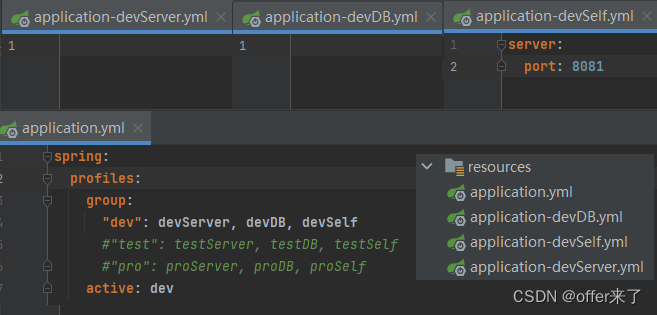
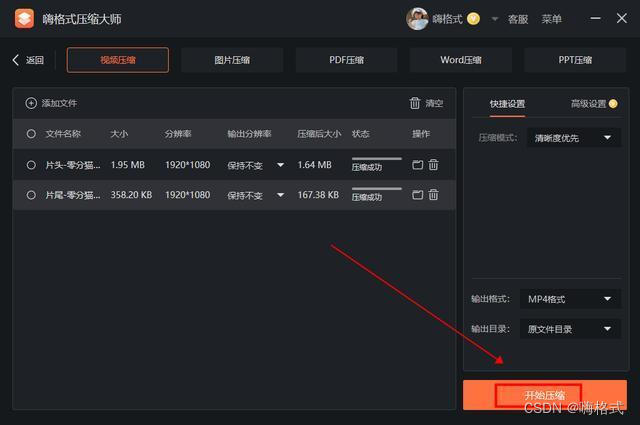
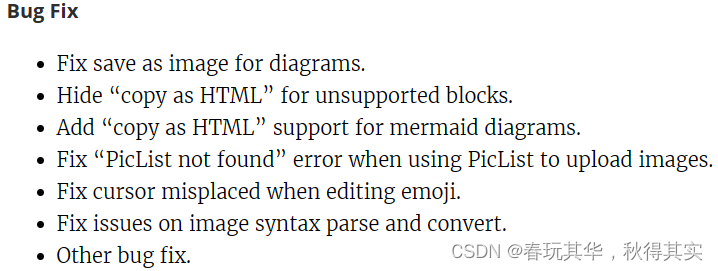




![[UE]无法接收OnInputTouchBegin事件](https://img-blog.csdnimg.cn/direct/62381883062b46b9954538b170826a00.png)


